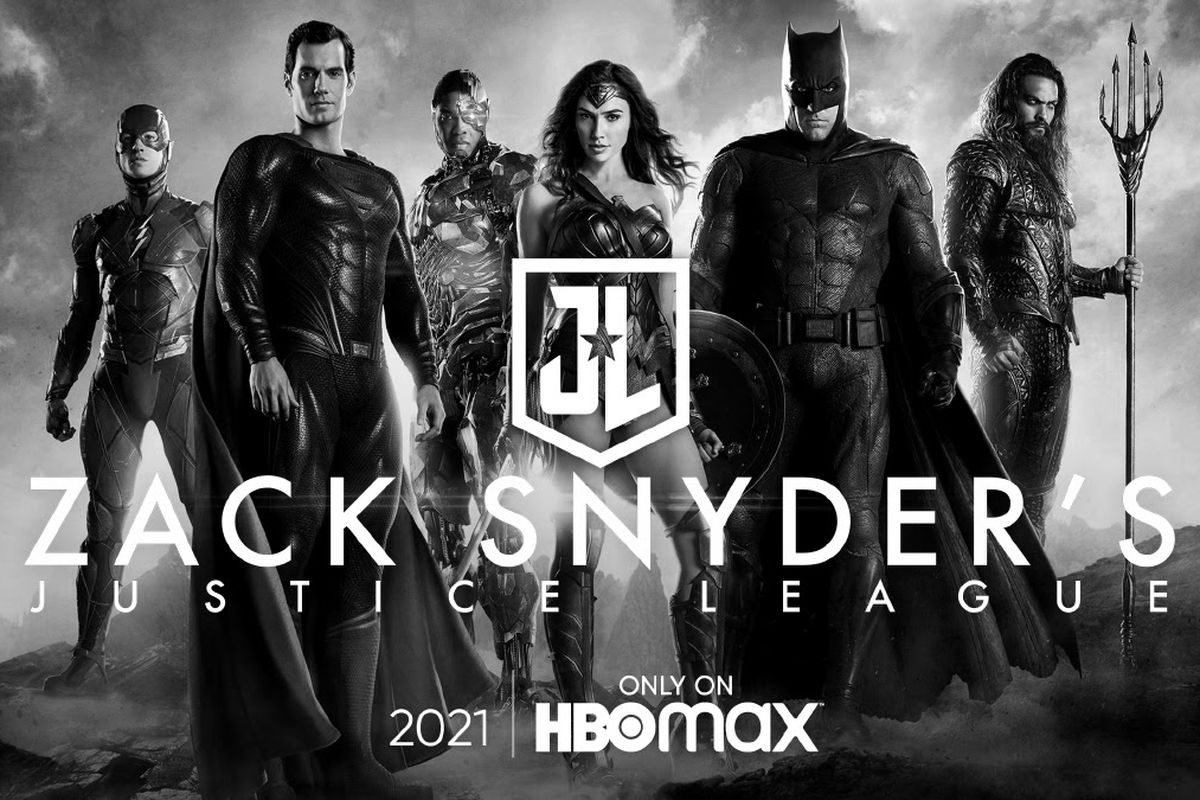The release of the Snyder Cut of Justice League in 2021 has sparked widespread intrigue and debate. This alternate version of the 2017 film, directed by Joss Whedon, presents the unadulterated vision of Zack Snyder, who initially conceived and directed the project before stepping down due to personal tragedy.
The Snyder Cut has become a cultural phenomenon, reigniting interest in the Justice League franchise and prompting discussions about fan influence, creative control, and the complexities of blockbuster filmmaking.
The primary distinction between the Snyder Cut and the theatrical release lies in their respective storylines and characters. The Snyder Cut is a markedly longer and comprehensive version, clocking in at over four hours. It delves deeper into the characters, particularly the motivations and backstory of villain Steppenwolf.
The most notable change is the inclusion of the “Knightmare” sequence, a post-apocalyptic vision of Earth where Darkseid has conquered and enslaved humanity. This powerful and bleak depiction adds a layer of gravitas and urgency to the story.
The birth of the Snyder Cut is a testament to the power of fan engagement. A relentless online campaign by fans who were dissatisfied with the theatrical release pressured Warner Bros. to authorize the Snyder Cut’s completion.
This unprecedented fan influence raises questions about the balance between audience expectations and creative control. While the Snyder Cut is a victory for fan voices, it also highlights the potential pitfalls when fan demands dictate filmmaking decisions.
The Snyder Cut has elicited mixed reactions from critics. Some have praised its darker tone, character development, and faithfulness to Snyder’s original vision. Others have criticized its excessive length, slow pacing, and convoluted plot.
The Snyder Cut has largely been embraced by fans who appreciate its attention to detail, epic scope, and extended character arcs. It has also gained traction among newcomers to the Justice League franchise, providing them with a fuller and more satisfying experience.
The success of the Snyder Cut has sparked discussions within the film industry. It demonstrates the potential for fan mobilization to influence creative decisions and reshape the landscape of franchise filmmaking.
The Snyder Cut of Justice League extends beyond its own cinematic merit. It has significant implications for various aspects of entertainment and popular culture:
The Snyder Cut’s existence showcases the growing influence of fan engagement. It empowers audiences to express their preferences and potentially impact the creative process.
The release of the Snyder Cut underscores the importance of preserving directors’ visions. It allows audiences to experience the uncompromised artistic intent of the filmmakers, even when circumstances prevent them from fully realizing their initial plans.
The Snyder Cut has reignited interest in the Justice League franchise. It provides a foundation for future expansion and continuity, while also opening up the possibility of alternate versions of other popular franchises.
The Snyder Cut of Justice League is a polarizing yet fascinating film that has sparked extensive discussion and debate. It is a testament to the power of fan engagement, the impact of creative control, and the evolving nature of blockbuster filmmaking.
The broader implications of the Snyder Cut extend beyond the cinematic realm, underscoring the importance of audience influence, the preservation of directors’ visions, and the ongoing evolution of entertainment franchises.

 Yanni_Justice League Art.jpg)